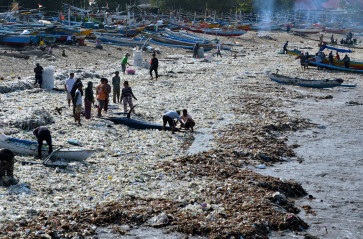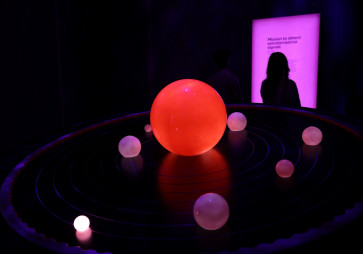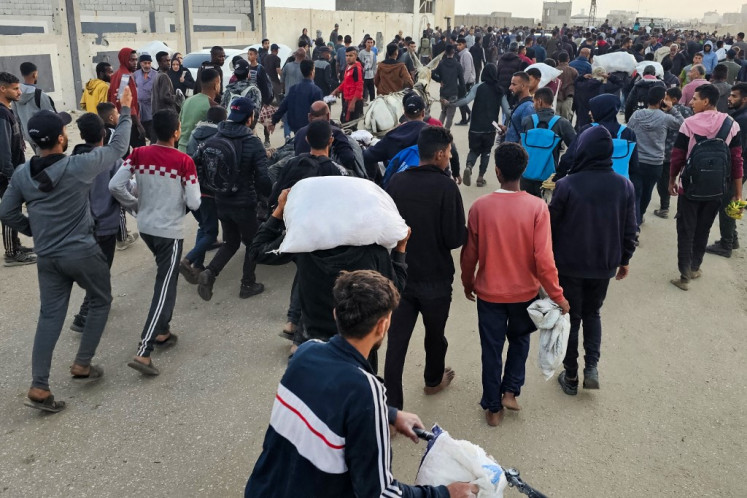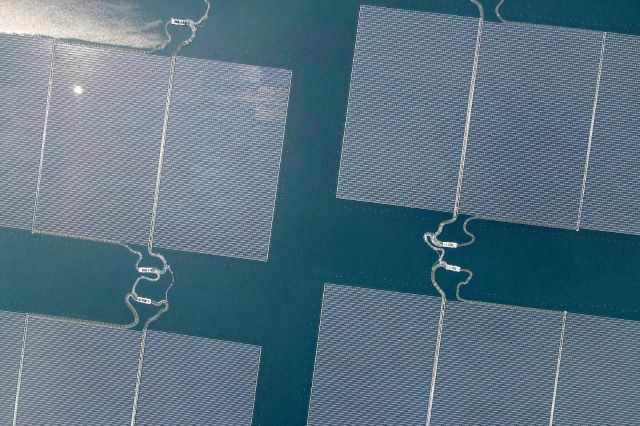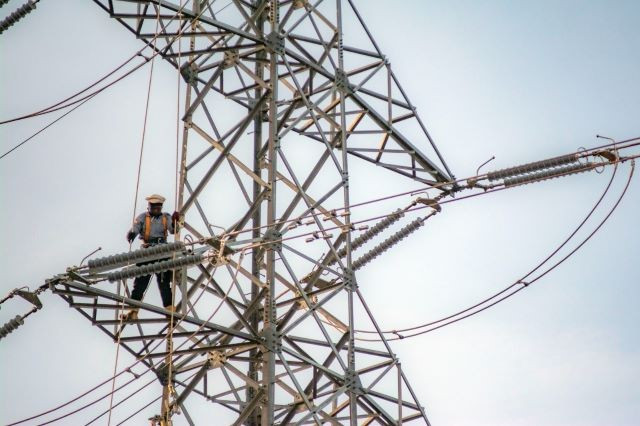Shell lays out scenarios to address climate change
Oil giant Royal Dutch Shell is seeking to play a bigger role to address climate change by introducing three energy transition scenarios to keep the global average temperature increase well below 2 degrees Celsius as set out in the Paris Agreement
Change text size
Gift Premium Articles
to Anyone

O
il giant Royal Dutch Shell is seeking to play a bigger role to address climate change by introducing three energy transition scenarios to keep the global average temperature increase well below 2 degrees Celsius as set out in the Paris Agreement.
Shell International Ltd. chief political analyst Khong Cho-oon said recently the three scenarios were called Mountains, Oceans and Sky, of which the latest scenario was seen as the most challenging.
“The Sky scenario relies on a complex combination of mutually reinforcing actions by society, markets and governments. It recognizes the necessary changes will unfold at different paces in different places,” he said, referring to the scenario that was published last March.
According to Shell, in the Sky scenario, from now until 2070, the rate of electrification will more than triple, with global power generation reaching nearly five times today’s level.
Oil demand in three decades from now will reach 78 million barrels per day (bpd) or 85 percent of today’s oil production. And by 2070, oil use will remain at as much as 60 million bpd as a result of a “continued need for oil in heavy transport, as well as chemical manufacturing”.
As for gas demand, in the scenario it increases 2 percent per year from 2020 to 2025, and 1.5 percent between 2025 and 2030.
The Mountains and Oceans scenarios explore alternative socio-political pathways and their impact on energy developments, with emissions as an open-ended outcome.
“In Mountains, it is a state-driven or basically top-down scheme, in which strong governments and powerful economic actors work together to create stability and maintain their own interests,” Khong said. “Meanwhile, in Oceans, competitive markets and a strong private sector are the main engines of change.”
However, Khong said those two scenarios would most likely fall short of the Paris Agreement temperature goal at around 2.5 degrees Celsius, which exceeds the target by 0.5 degrees.
One example of the Sky scenario is that by 2030, there will be a significant improvement of energy technologies (to reduce CO2 emissions), which will lead to price drops for consumers and businesses, thanks to targeted government intervention in research and development.
This would also be helped by “the early commercialization phase, with major gains in battery storage technology, carbon capture and storage and advanced biofuels”, read a Sky scenario leaflet obtained by The Jakarta Post.
Apart from emphasizing the cheaper technology to reduce carbon emissions, Shell also believes the government plays an important role to implement a legislative framework to drive efficiency and rapidly reduce CO2 emissions.
“Both [goals are achieved] by forcing out older energy technologies and promoting competition to deploy new technologies as they reach cost effectiveness,” the leaflet reads.
For Asian countries, especially developing countries including Indonesia, Khong said, they should invest much more in renewable energy infrastructure as it was the key to realizing the Sky scenario, which is expected to attain the Paris Agreement goal.
Indonesia is one of the countries that signed the Paris Agreement in 2015.
Speaking on behalf of the Indonesian government, Coordinating Minister for Maritime Affairs Luhut Binsar Pandjaitan said Indonesia was committed to meeting the goals of the Paris Agreement through reducing greenhouse gas emissions and haze emissions, renewable energy development and green industry initiation.


